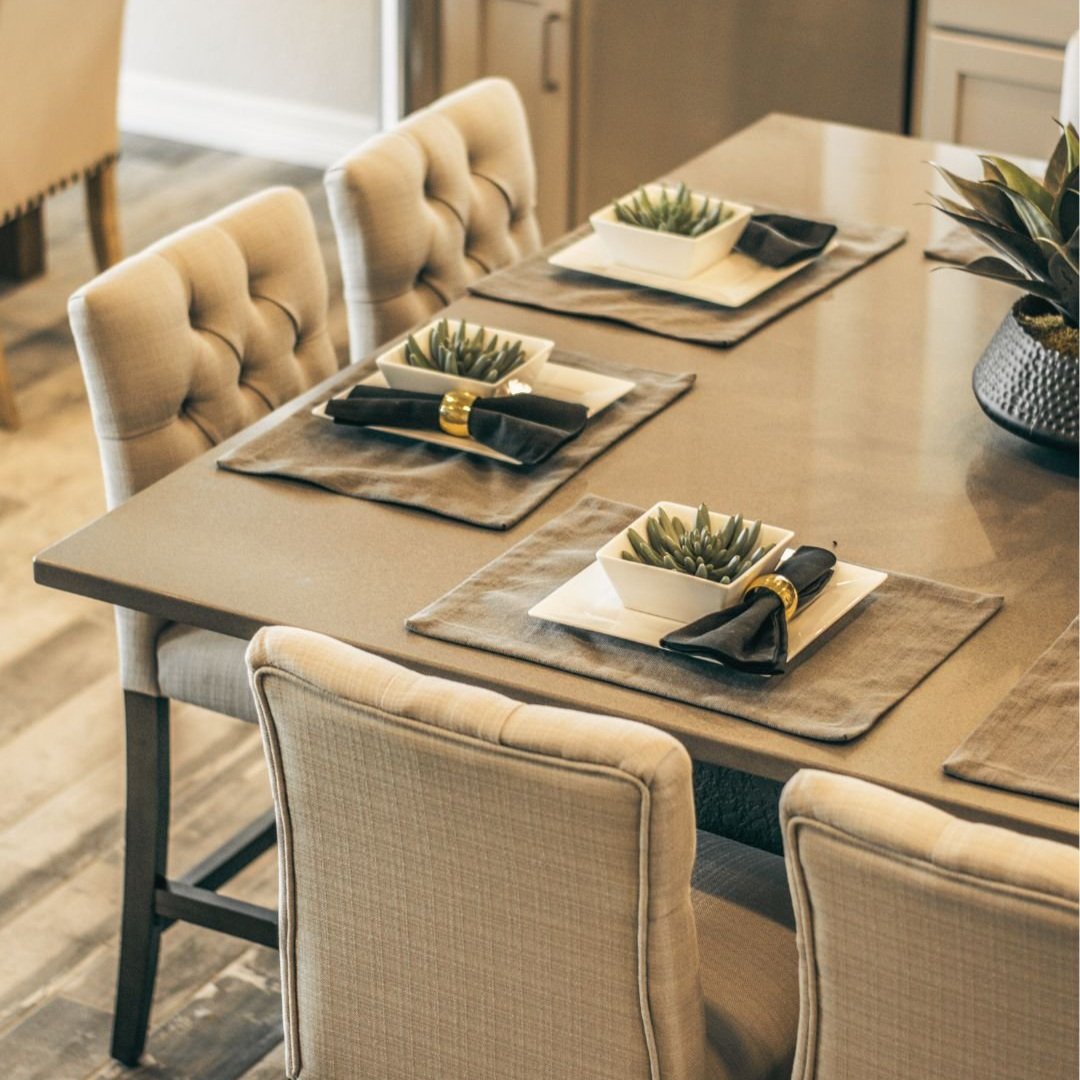Protecting Furniture Designs: Patents, Trademarks, Copyright and International Design Registrations (an ID Law Shop Article)
/Furniture design is a historically and culturally rich multi-disciplinary field that blends art, engineering, marketing, and manufacturing principles to craft the objects that shape our living and working spaces.
Fortunately, the importance of protecting the intellectual property rights of the designers, inventors, artisans and engineers responsible for creating furniture designs, is largely recognized by most countries.
In this article, we'll delve into the intellectual property laws that serve as tools for protecting the unique and distinctive elements of furniture design.
From the functional aspects of patented features to the artistic expression guarded by copyright, and the brand identity encapsulated in trademarks, we'll cover the details of each approach. We'll also touch upon international design registrations, shedding light on how businesses can secure comprehensive protection for their furniture designs in the global marketplace.
1. Patent Registrations
A patent is a form of intellectual property protection granted by the government to an inventor for a limited period. In exchange for disclosing the details of the invention to the public, the government grants the inventor the exclusive right to make, use, and sell their invention.
Patents are typically granted for new and inventive products, processes, machines, or compositions of matter, and they serve to encourage innovation by providing inventors with a period of exclusivity during which they can commercialize their invention.
In the US, furniture designs can fall under two separate categories of patents protection: utility patents (covering functional inventions) and design patents (protecting ornamental designs).
Utility Patents
Utility patents can protect the functional and mechanical components of a new furniture design. For example, a unique reclining mechanism of an armchair or the height adjustment system of a standing desk could potentially qualify for a utility patent since these components involve the way the furniture functions.
One classic example is the Tulip Chair utility patent granted to Eero Saarinen in 1960 (pictured below). This patent covered 6 separate claims for the functional design of the chair, including the “integral hollow shell” seat and “single central column” support for the seat, as well as the attachment and bolt configurations that secured the seat to the column. (See illustrations here)
To qualify for a utility patent, the owner must show that the design is:
new and novel (has not been publicly disclosed or previously invented by another),
non-obvious (not obvious to someone having ordinary skill and is not an obvious combination or modification of existing designs), and
functional (must have a practical and useful purpose).
Once granted, a utility patent provides the designer the exclusive rights to the design for maximum period of 20 years from the date of filing.
Design Patents
Contrary to utility patents, design patents protect the non-functional, ornamental aspects of an object, such as the visual appearance, shapes and other unique aesthetic components of a new furniture design.
For example, in the Raymond Loewy desk design patent, granted in 1945 (pictured to the right), the designer claimed only the “ornamental design” for the desk, i.e., the simple, elegant clean lines and shapes, as protected elements. (See illustrations here)
To obtain a design patent, the owner must show that the design is:
new (not a copy of a publicly known design)
non-obvious(not obvious to someone with ordinary skill in the same field), and
ornamental (the ornamental appearance is not dictated by function alone).
Once granted, design patents give the owner exclusive rights to the design for a period of 15 years from the date of registration.
Whether its a design or utility patent, the application must be filed within 1 year of the design/invention’s public disclosure.
Utility Patent vs. Design Patent
A particular furniture design may exhibit distinctive functional and ornamental features, potentially making it eligible for both types of patents, especially when these features aren’t easily separable.
Utility patents can be complicated and expensive to obtain. It’s reported that approximately 88% of new applications are initially rejected by the United States Patent & Trademark Office (“USPTO”), and most applicants can expect up to 3 rejections before their application is allowed.
On the other hand, design patents may be simpler and less expensive than utility patents to obtain. As of the time of this article, the allowance rate for design patents is 82.5%, and of those that are allowed, 59% are allowed without any rejections.
For more information on the distinction between utility and design patents, you can review the text of the USPTO’s Examination Manual on the topic here.
2. Trademark Rights
Trademark rights refer to the branch of intellectual property law that governs the protection of symbols, names, logos, and other identifiers that distinguish goods or services in the marketplace.
The primary purpose of trademarks is to prevent consumer confusion by associating specific marks with the source of products or services, thereby helping owners build brand recognition, foster consumer trust, and promote fair competition in the marketplace.
Trademarks can be broadly categorized into two categories: traditional trademarks (symbols, words, or logos) and non-traditional trademarks (less conventional branding elements such as trade dress, sounds, colors, and scents).
As discussed below, designers can leverage trademark rights in a number of ways to protect their unique furniture designs:
Traditional Trademarks
Traditional trademarks generally refer to the names, logos and other branding elements business use to differentiate their goods and services from those of their competitors.
In the world of furniture design, designers use various strategies to distinguish their designs from competitors, including:
Direct placement - incorporating branding on the backrest, upholstery, legs, or other visible areas where the logo can be easily seen. See Knoll’s use of its registered mark “Knoll Studio” (Reg. # 1821382) on leg of Barcelona Chair, pictured right.
Design integration - integrating the trademark into the overall design of the furniture in a way that enhances the aesthetic appeal without compromising the functionality. See Maitland Smith’s use of its trademark as part of the trunk’s design below:
Labels & Packaging - leveraging the presence of trademarks in marketing and branding efforts.
Non-Traditional Trademarks: Trade Dress Protection
In some cases, trade dress, a category of trademark law that protects the overall appearance or commercial “look and feel” of a product, can also be used to protect furniture design.
Trade dress applies to designs that are non-functional and either inherently distinctive (unusual, memorable or fanciful) or have acquired secondary meaning.
Secondary meaning generally requires a showing that the design:
has been in substantial commercial use (as shown by marketing budgets and materials, number of sales, surveys, and the like)
the source has used the design continuously and exclusively (at least 5 years), and
is distinctive (relative to other similar products).
An example of an effective trade dress argument was raised in the Jason Scott Collection v. Trendily Furniture, LLC case. In that case, the plaintiff (“JSC”) successfully argued that the defendant infringed its trade dress rights by selling knockoff copies of their furniture designs.
Continue reading the full article on ID Law Shop’s blog to explore illustrations and dive deeper into how to protect your furniture designs.
This article is reposted with permission from ID Law Shop: https://www.idlawshop.com/interior-design-law-blog/protecting-furniture-designs
This article is provided for general informational purposes and should not be construed as legal advice. Legal advice is specific to each situation and if you have a legal issue, you should consult a qualified attorney licensed to practice in your state. No actual or implied attorney-client relationship is created by virtue of this article or by your purchase of any products from the ID Law Shop.

































